Americans Live in Spain
Americans Live in Spain
Retire to Spain
Retire to Spain and take advantage of the sunshine, great food, top healthcare, and an easy retirement path for Americans. European lifestyle at a lower cost.
How to Retire in Spain

Non-Lucrative Visa
The go-to visa for retirees, the Non-Lucrative Visa requires proof of roughly €29,000 (US$32,000) in savings.

Digital Nomad Visa
If you’re employed (outside of Spain) and earn more than €2,300 (US$2,500) per month, this visa lets you stay for up to five years.

Tourist Visa
U.S. citizens can visit Spain visa-free for up to 90 days within any 180-day period. Evidently, this is not a permanent solution for retirement.
Spain in Photos

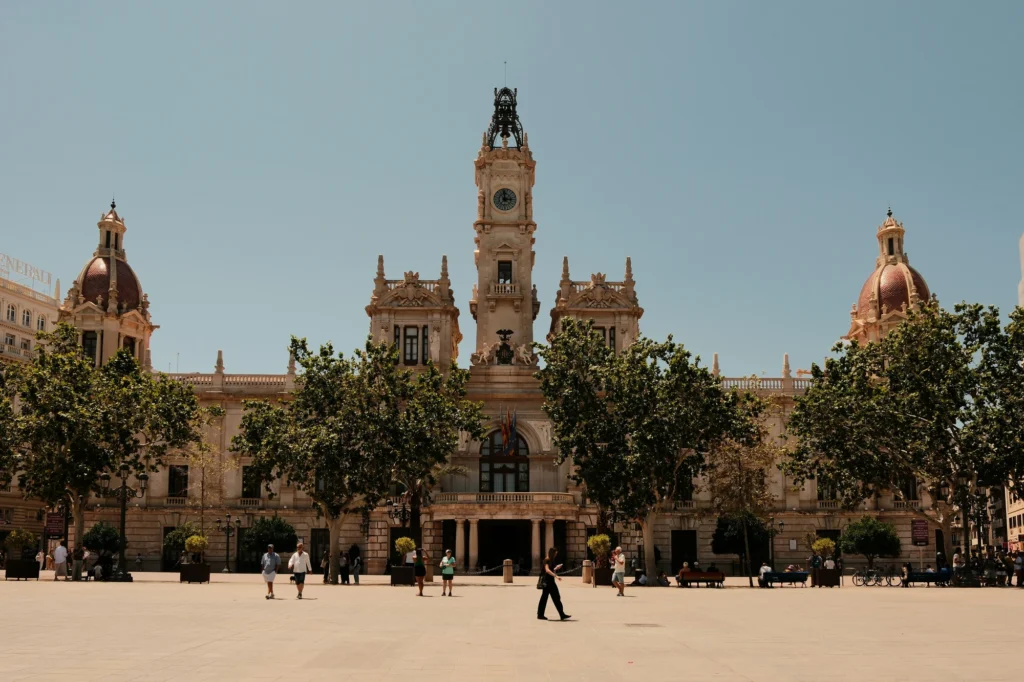

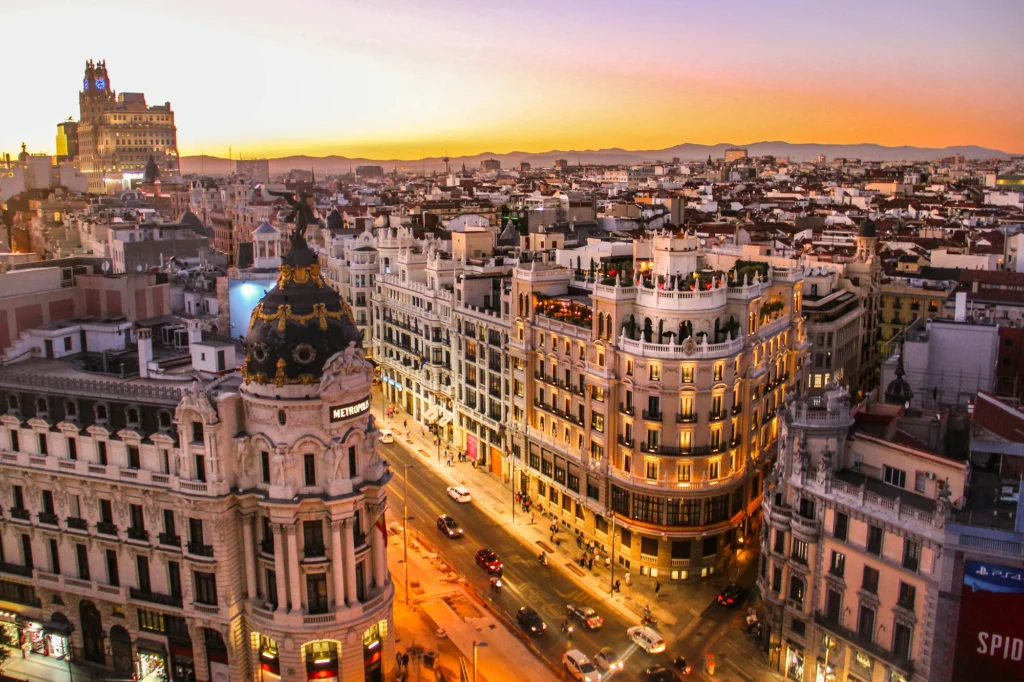
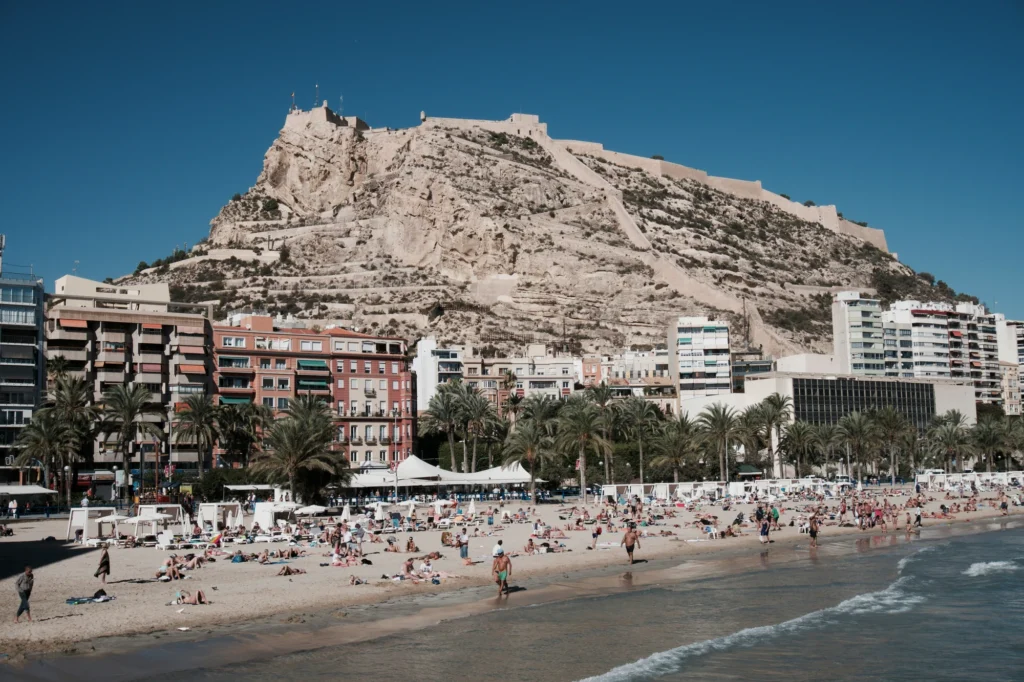
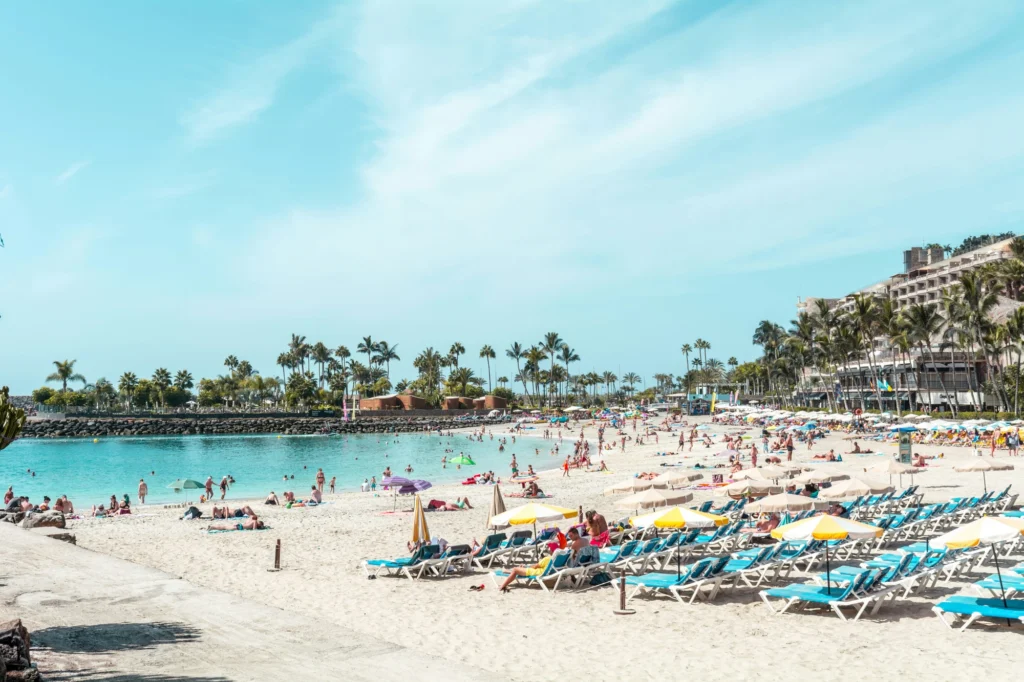
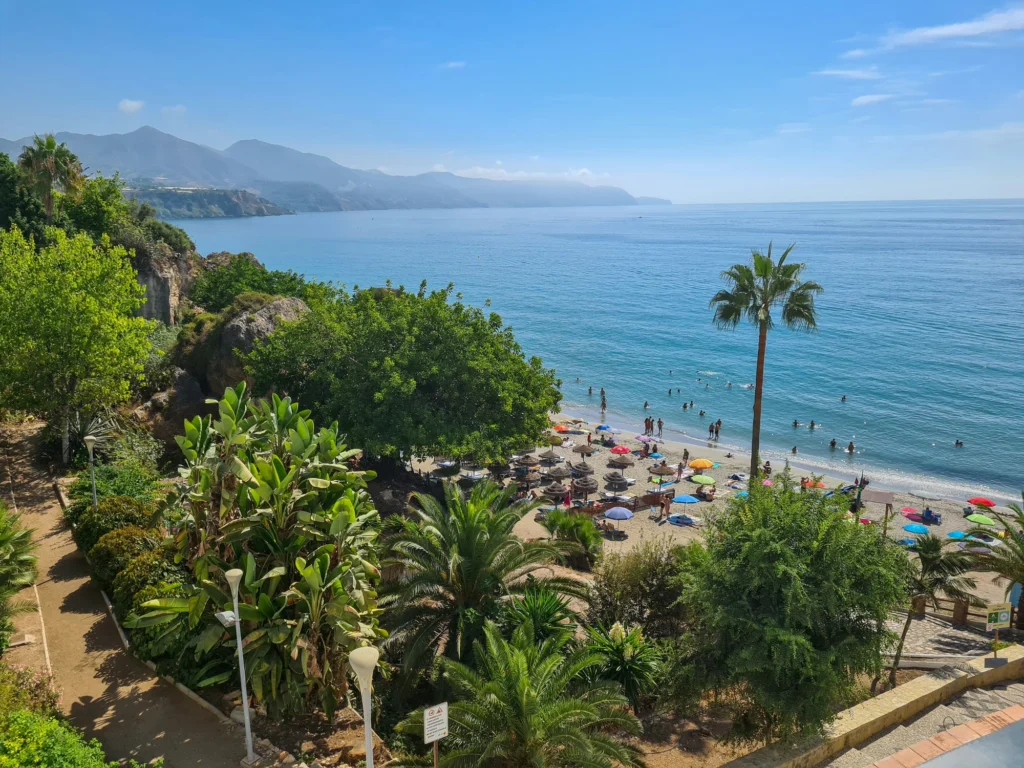
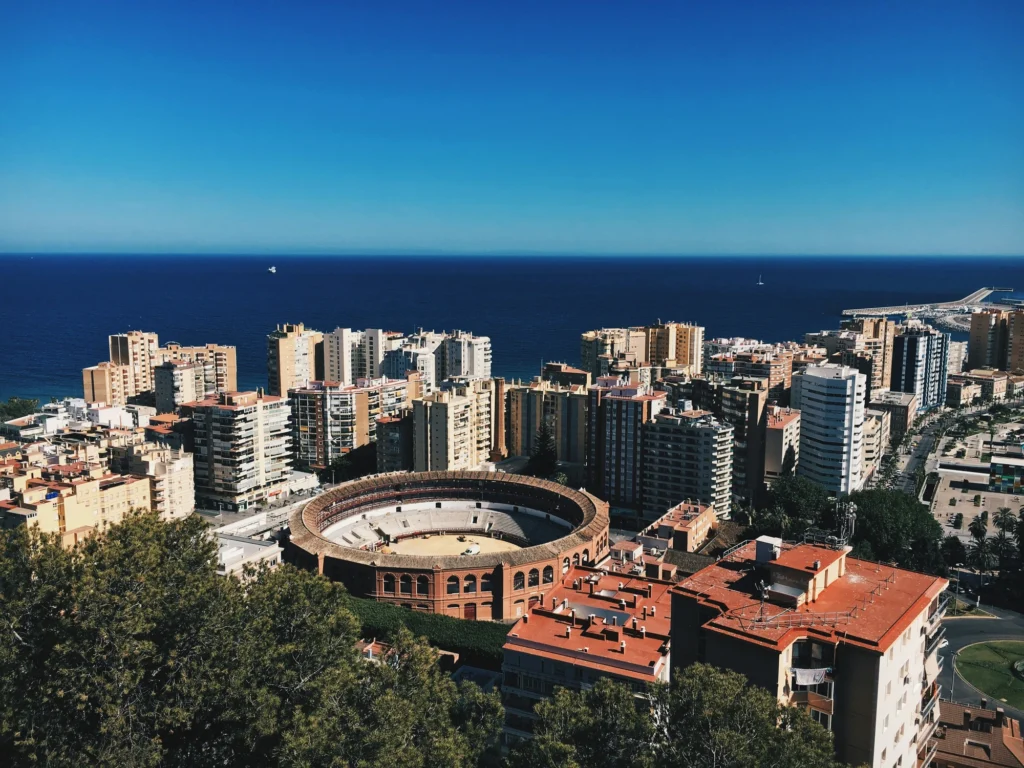


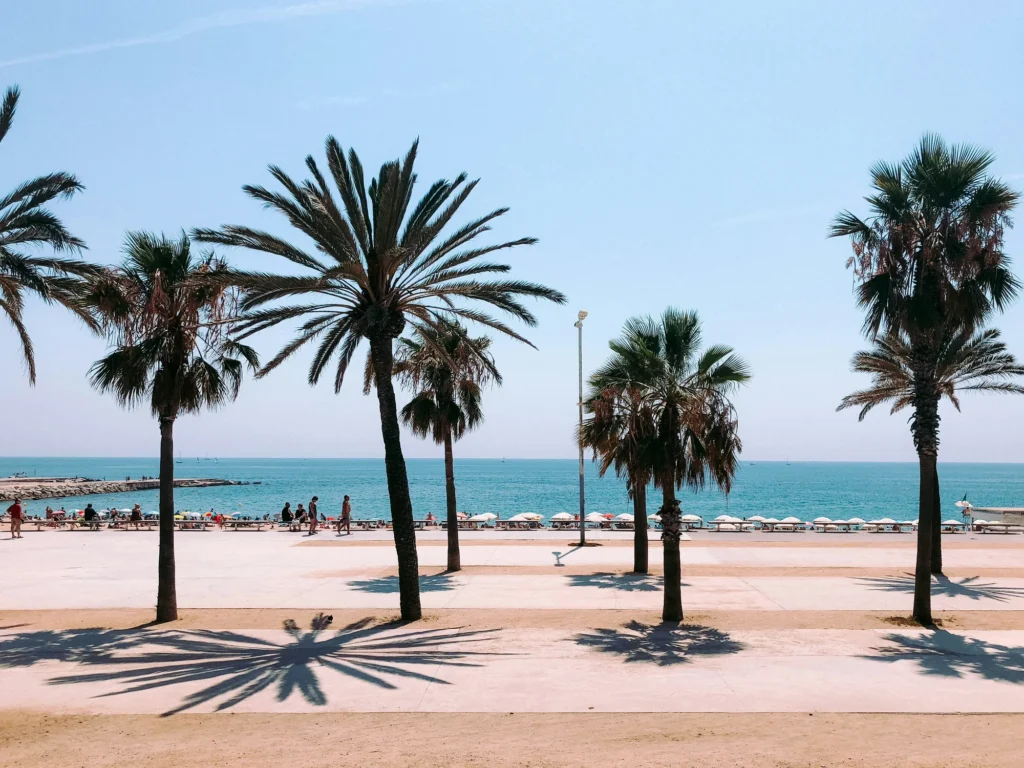


Low Cost of Living
You can live comfortably in Spain with a far lower budget than in the U.S. Housing, groceries, and dining out are all much cheaper.

Excellent Healthcare
Spain’s public healthcare system is top-ranked and nearly free. Private plans are also affordable and high quality.

Mediterranean Weather
Spain enjoys over 300 days of sunshine each year. Winters are mild, especially along the Mediterranean coast.

Expat Community
Spain has huge American, British, and other expat communities. It’s easy to meet people and feel at home right away.

Foodie Culture
Locally grown produce, daily markets, and long meals are part of everyday life in Spain. Food is fresh, delicious, and affordable.

Travel Accessibility
With affordable flights and fast trains, you can visit Portugal, France, Morocco, or the United States in just a few hours.

Affordable Real Estate
Buying real estate in Spain is simple, even for non-EU citizens. Spanish property prices are far more reasonable than stateside.

Safe & Peaceful
Spain is one of the safest countries in Europe. Violent crime is rare, and most people feel secure in cities and small towns.
Request Your "How to Retire to Spain" Guide
How Life in Spain Compares

Cost of Living in Spain
Spain offers incredible value for retirees. Even in cities like Valencia, Sevilla, and Alicante, a couple can live comfortably on US$3,000 per month. Dining out is cheap – $12 often covers a full three-course lunch. And don’t forget the affordable wine and tapas. Yum!

Taxes in Spain
Spanish tax rates in some provinces can reach up to 52% for high earners. Some new residents can access a 24% flat rate for five years on foreign income, and double tax treaties can reduce your taxable income. But don’t be mistaken – Spain is not a tax haven. The Freedom Files can help you plan.

Community in Spain
Spain has one of the largest expat populations in Europe. You’ll find English-speaking communities in cities, small towns, and along the coast. In some places, foreigners actually outnumber locals, who can be friendly (more so if you speak a little Spanish).

Quality of Life in Spain
Spain’s culture prioritizes balance, rest, and time with family – and excellent food. Life is slower, healthier, and less stressful than in the U.S. Cities are walkable. And with US$3 wine, Michelin star restaurants, and a Mediterranean influence, food is fresh and affordable.

Safety in Spain
Spain is one of the safest countries in Europe. Violent crime is rare, and gun violence is nearly nonexistent. Most crime involves pickpocketing and petty theft in tourist areas. Compared to U.S. cities, daily life in Spain feels much more secure.

Travel Connectivity in Spain
Spain is a haven for travel lovers. Often with round-trip tickets for under US$50, you’re just a short flight from cities like Paris, Rome, or Lisbon. Inside Spain, high-speed trains make it easy to get around without a car. Plus, Spanish cities are well-connected with U.S. airports.

Infrastructure in Spain
Most cities in Spain have strong infrastructure, modern roads, clean water, and fast internet. In fact, it may be better than what you’re accustomed to in the U.S. Public transport is safe, reliable, and easy to use. In rural areas, services can be more limited.

Healthcare in Spain
Spain’s healthcare system is one of the best in the world. Residents access nearly free public care while private plans can cost under US$100 per month. Many doctors speak English, and medications are cheap. Spanish healthcare costs a fraction of what you’d pay in the U.S.

English Proficiency in Spain
English is common in tourist areas and expat hotspots like Barcelona and the Costa del Sol. In smaller towns or government offices, you’ll need some basic Spanish. But locals are typically patient, and Spanish is relatively easy to learn.

Bureaucracy in Spain
This is Spain’s biggest downside. Spanish bureaucracy is slow, confusing, and non-sensical at times. Tasks like getting a license or opening a bank account can be frustrating. Work with the Freedom Files to navigate this bureaucracy and save the headache.
Where to Live in Spain
Population: 6,810,530
Madrid
Spain’s capital is full of energy and culture. Sure, it’s slightly more expensive than other cities, but you get a lot in return. Madrid has top hospitals, world-class museums, and some of the world’s best cuisine. The expat community here is strong and welcoming.

Population: 1,702,814
Barcelona
This coastal city offers lower living costs, sunny beaches, and mild winters. A tourist favorite, Barcelona is a great base for exploring Europe, with easy travel connections everywhere. Catalonian life is a little different from the rest of Spain. They even speak their own language!

Population: 825,948
Valencia
This coastal city offers year-round sunshine and beautiful beaches. It’s consistently ranked among the best in Europe for quality of life. Plus, it’s more affordable and less populated than Madrid or Barcelona. Located on the Mediterranean Sea, the vibe is laid-back.
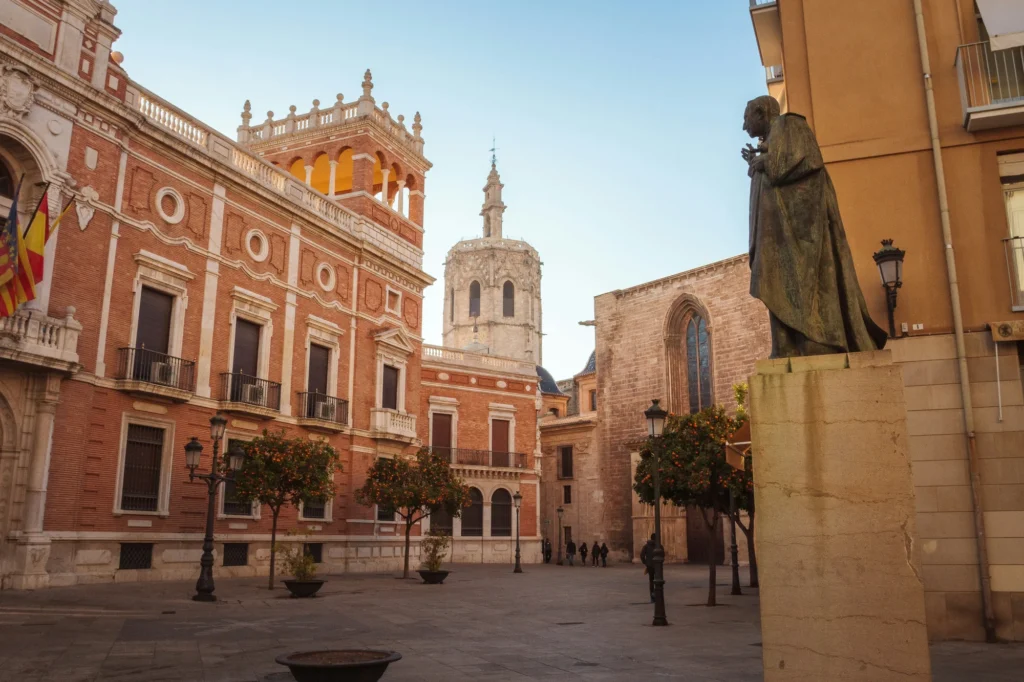
Population: 591,637
Málaga
Popular with expats for its great weather and lower cost of living than larger Spanish cities, Málaga sits on the southern Costa del Sol and has a rich Arabic history. The city is walkable and relaxed, and it’s easy to travel to the rest of Europe and even the United States.

Spain in the Blog
FAQs About Spain
What Visa Do I Need to Live in Spain Full-Time?
The Non-Lucrative Visa is the most common for American retirees seeking an easy option in Spain. You’ll need to show about US$32,000 in savings or passive income (more if applying with a spouse), and you’re good to go. Otherwise, there are a few other business and investment opportunities available.
Do I Still Have to Pay US Taxes If I Live in Spain?
Yes, the United States operates on a citizenship-based taxation system unlike any other major country. So the IRS still wants their cut of your income even if you live abroad 365 days a year. However, the Foreign Earned Income Exclusion, a double tax treaty with Spain, and other exclusions and credits can help you reduce what you owe. Unfortunately, Spain’s tax system is notoriously cumbersome. The Freedom Files can help you create the ideal tax plan for your situation.
Is It Hard to Buy Property in Spain as a Foreigner?
It’s straightforward. Foreigners can legally own property, and real estate, especially outside major city centers like Madrid, can be way more affordable than property in the US. But the Spanish government has proposed punitive taxes on foreign-owned property. Tread lightly.
What’s the Process to Get Spanish Citizenship?
You can apply for Spanish naturalization after ten years of residency. But if you are a citizen of a Latin American country or the Philippines, that timeline can drop to just two years. Spanish citizenship is extremely powerful as passport holders can access almost 190 countries visa-free and live and access healthcare in any EU state.
Can You Help Us Make the Move to Spain?
That’s what the Freedom Files is here for. Book a Freedom Consult and we’ll help you build your custom relocation roadmap, so you can stop second-guessing and start living better abroad. We’ll help you plan the right immigration path, your tax situation, housing needs, banking and healthcare solutions, and any other items you need to relocate confidently.


